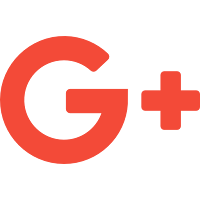[This content is prepared to boost the knowledge of Loksewa examinees]
Phrasal adjective is the combination of words that add
more details to the noun. It has following types:
Hyphenated phrasal adjective
In adjectives of more than two words hyphen is used. Also
if the phrasal adjective is followed by noun then hyphen is used.
I bought three-in-one speaker today.
The speaker I bought today is three-in-one.
This is well-trained elephant. BUT This elephant
is well trained.
If two approximate phrasal activities have same ending
element then the ending element of first is removed and hyphenated.
Let's use thirty year old and forty year old
together in a sentence.
The thirty- or forty-year-old building is
located in the middle of the city.
While denoting a number, an amount or a duration by the
phrasal adjective hyphen is used.
The 5-billion-dollar budget, one-meter-tall boy, the
two-second video etc.
If phrasal activities have chances to dwell the readers
then to remove ambiguity hyphen is used.
Bad weather report vs. Bad-weather report
'Bad weather report' means the weather report is bad. But
'bad-weather' report refers that the report of weather is bad.
If the phrasal adjective begins with –ly adjective then
hyphen is used.
Incredibly-bulk giant, densely-populated city etc.
Unhyphenated phrasal adjective
If the phrasal adjective begins with –ly adverb then
hyphen is omitted.
Recently launched program, broadly
distributed network etc.
But if the phrasal adjective has more than two words then
hyphen is used no matter whether the adjective begins with –ly adverb or not.
Highly-decorated-tallest building
If phrases are from other languages than English then
hyphen is not used.
Habeas corpus petition
If phrases contain proper noun then hyphen is not used.
United Nations alumni, one house policy etc.
In phrasal adjectives containing the words 'very',
'most', 'least' and 'less', hyphen is not used.
Most awaited moment, less polluted area, very hot
weather etc.
🙏 Loksewa for All 🙏






0 comments:
Post a Comment